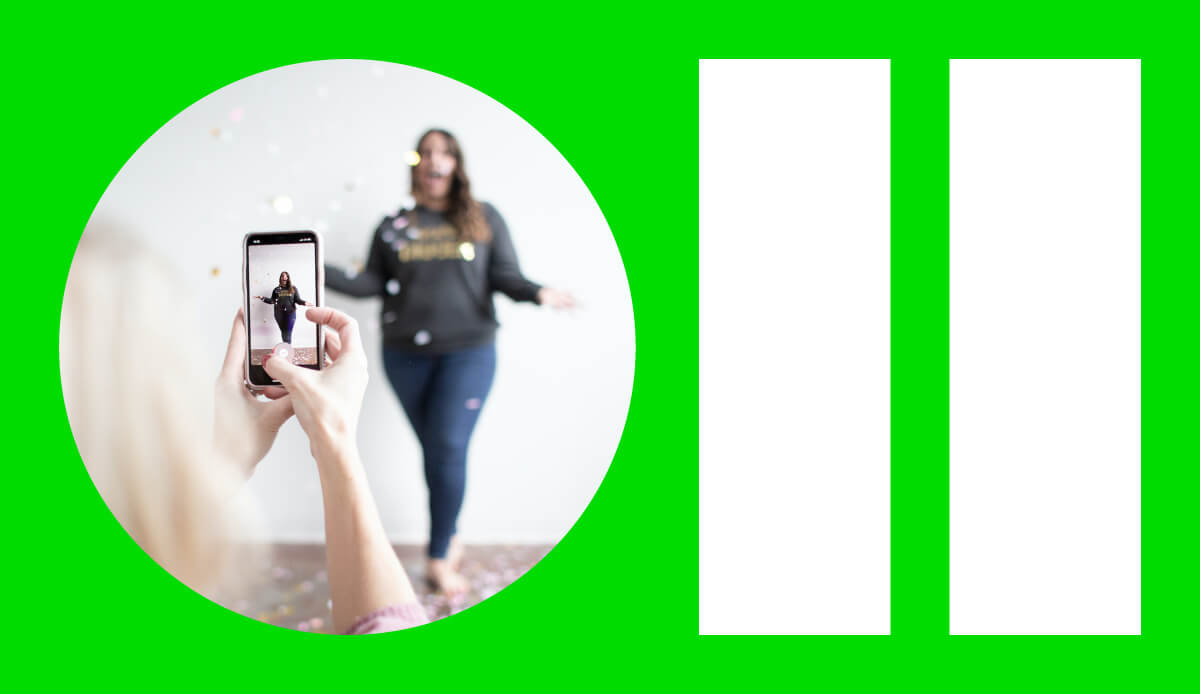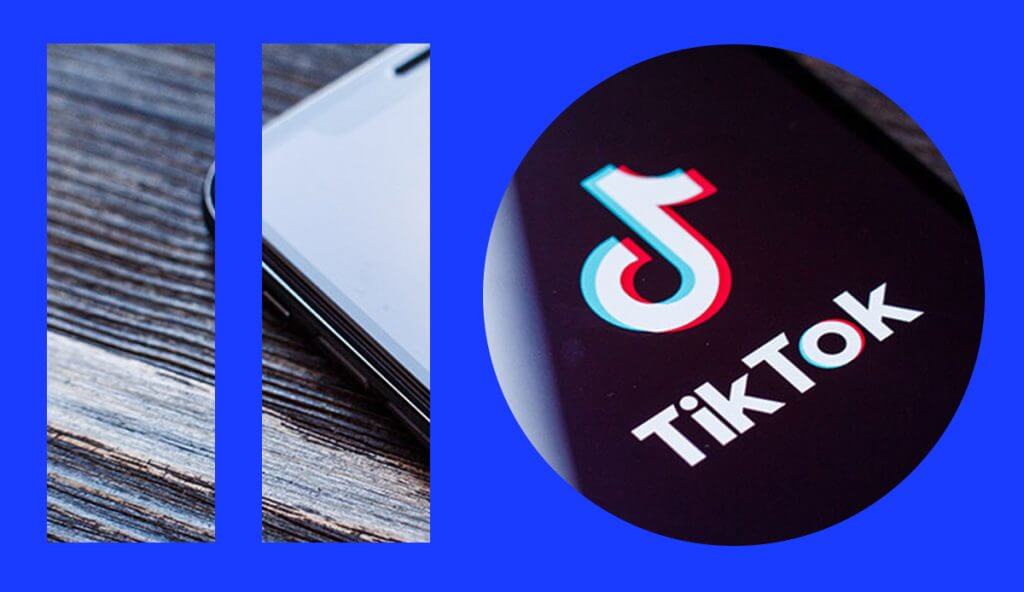
Social media platforms have seen tremendous growth in H1 2020 as users are looking for greater social connection in a time of physical isolation. Despite its recent ban from India and exit from Hong Kong, TikTok is the social media platform that has experienced the biggest growth over the past few months. According to data from AppAnnie, the platform’s user growth has boomed during the global lockdowns. An example is in Indonesia, where its active users have grown by 329% from January to June 2020. Even as several countries start to relax their lockdown measures, user engagement on the platform remains high. Average time spent on TikTok continues to maintain or increase, especially in Indonesia where engagement time has doubled from March to June.
TIKTOK’S USERS ARE MODERN-DAY PROSUMERS
Looking at GWI data, TikTok’s core audience is skewed towards Gen Z, as 43% of users are within 16 -24 years old. However, there is also much expectation for this to diversify into Millennials. Interestingly, 61% of TikTok users have mentioned that they tend to buy from brands which they discover through TikTok ads and 63% consider themselves to be brand conscious. They are also 1.5x more likely to promote a brand online if it would help to enhance their status. This would fit the profile of a modern-day prosumer, as one who not only consumes but is also actively participating as a brand or product advocate. Considering the app’s rate of growth, there also more new users who are in a mode of discovery and are open to engaging with new content.
Using these insights to get a better understanding of the platform, at M+C Saatchi Performance we have been testing TikTok Ads across clients since Q4 2019 and below are some key learnings.
CREATIVE
As we know, TikTok videos are mostly user generated, vertical, full-screen short videos. It is recommended to use 9-15 seconds video creatives with high tempo energetic music to create optimal TikTok ads. The videos are auto-looped and a quick swipe brings users to the next recommended video. This facilitates content to be viewed either in a lean back (users are better prepared to consume long- form content) or lean forward environment (on-the-go, on transport etc.). It is important to ensure that creatives fit the native environment and leverage on trending music or hashtags, but it is also crucial to ensure strong Call-to-Actions on the ad to improve conversion rates. Thus, it is recommended to have a good mix of both native and hard-sell creative elements.
Based on our tests, we noticed the importance of launching new creatives once per week. This can be done using platform tools such as the Video Creation Kit and Automated Creative Optimisation. Additionally, we recommend using a well-planned creative timeline that can help to ensure greater sustainability.
OPTIMISATION
TikTok’s self-serve ad platform was introduced in April 2019. On the platform, the standard levers are in place for advertisers to optimise their campaigns, such as bids, budgets, placements, targeting and creatives. TikTok’s ad auction methodology is based on the bid as well as on the conversion rates. The platform allows marketers to choose ‘Ad Categories’ or ‘Tags’ to categorize their ads. This is also used to predict the initial CTR and CVR for the calculation of eCPM. Hence it is worth testing to see if this could help further improve delivery.
Compared to other social platforms, TikTok has a different campaign structure. In TikTok, it is recommended to start testing a new ad in a separate ad set to ensure sufficient exposure. This can create a middle-heavy campaign structure and significant ad operations which could lead to issues on scalability considering the need to refresh creatives. For this reason, it is recommended to monitor campaigns closely to ensure they move out of the learning phase and start delivering consistently.
HASHTAG CHALLENGE: TIKTOK’S DIFFERENTIATOR
TikTok’s growth is a testament of virality. Beyond the standard Direct Response offerings, its branding ad formats are aimed at driving valuable user engagement. Its core branding product, the Hashtag Challenge is built around user-created content, where it leverages user creativity to create organic content for brands. Anyone can join a Hashtag Challenge just by creating and tagging the brand’s pre-determined hashtag. This incentivizes users to engage with the brand in a meaningful way, especially in a season when users are looking for an outlet to express their creativity in a time of physical isolation. This is a space to watch as more brands will start to test it in the coming months.
WHAT DOES THE INTRODUCTION OF ‘TIKTOK SELF-SERVE AD PLATFORM’ MEAN FOR MARKETERS?
TikTok has recently launched its self-serve advertising solutions as part of its new TikTok for Business platform. The platform, which is now available to marketers globally, includes the usual ad set-up options, with campaign and ad groups, targeting options, budget and scheduling. Additionally, it also includes video templates and auto-editing tools to easily create custom content align with TikTok’s platform requirements. TikTok for Business also allows marketers to access case studies for inspiration and the TikTok Creator Marketplace to collaborate with content creators. This positions TikTok’s as a platform where brands can experiment, innovate and test different ways to connect with their audience.
While the recent news of TikTok being banned from India and exiting Hong Kong are definitely important obstacles along the success journey of the platform, there are no doubts that the growth of TikTok is only at its beginning. The introduction of ‘TikTok Business’ is the first of many updates that the platform could introduce. Looking at Douyin, the Chinese version of TikTok, there are still numerous features that are yet to be released. For example, Douyin supports videos that lead users directly to e-commerce platforms for them to easily browse and purchase. Hence, it will be highly advantageous for brands to start testing and understanding the platform to be ready for future opportunities.
Read the piece published on Campaign Asia here
Speak with our team to discover how to include TikTok Ads into your marketing strategy.


